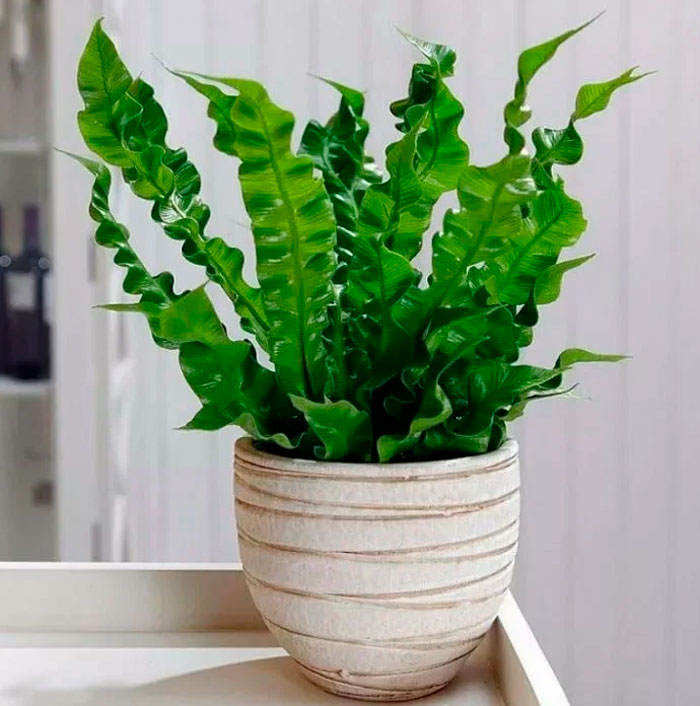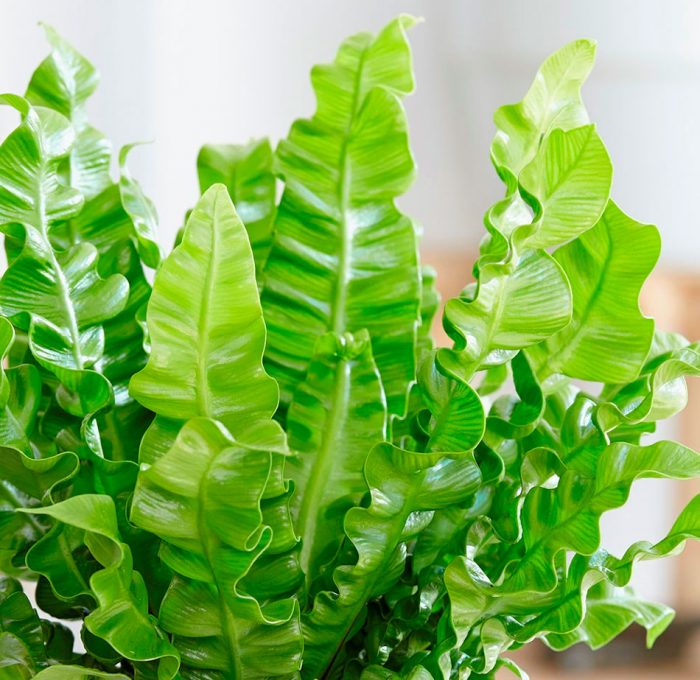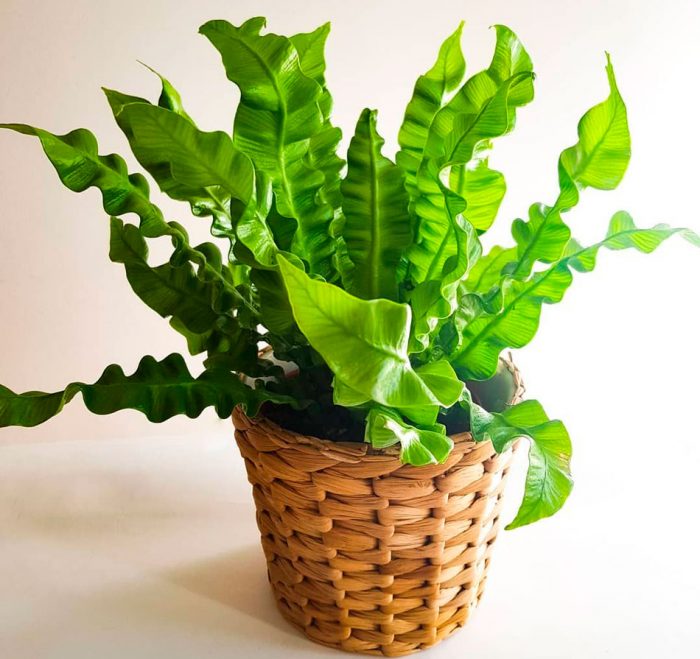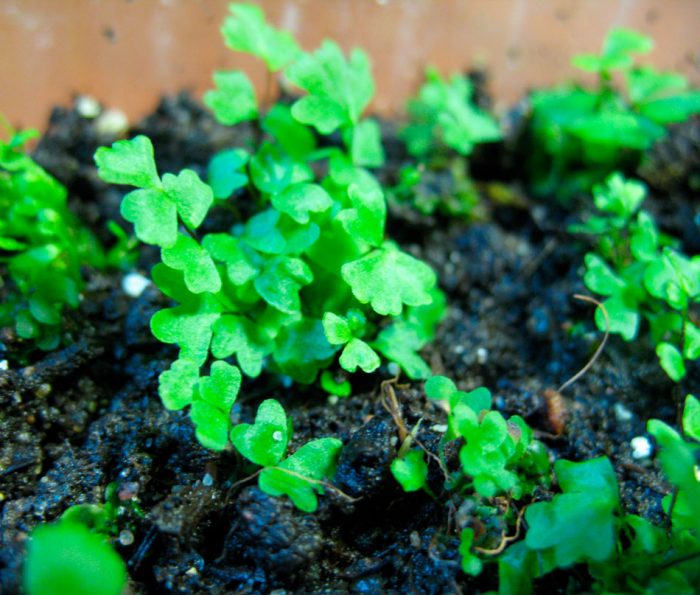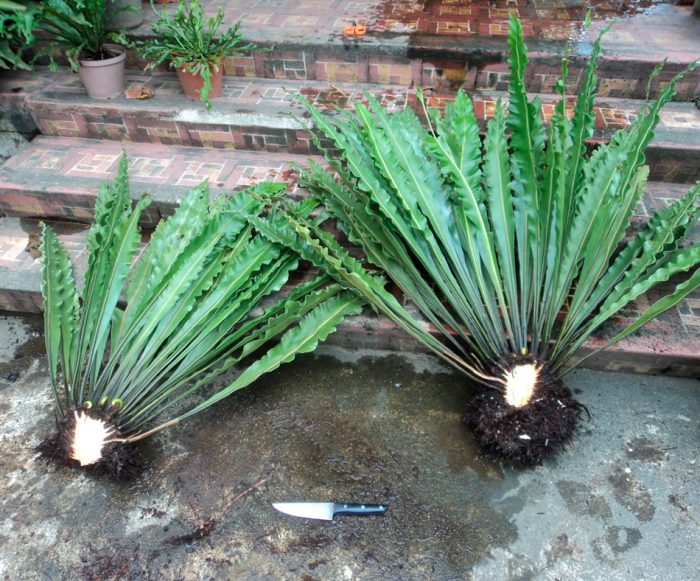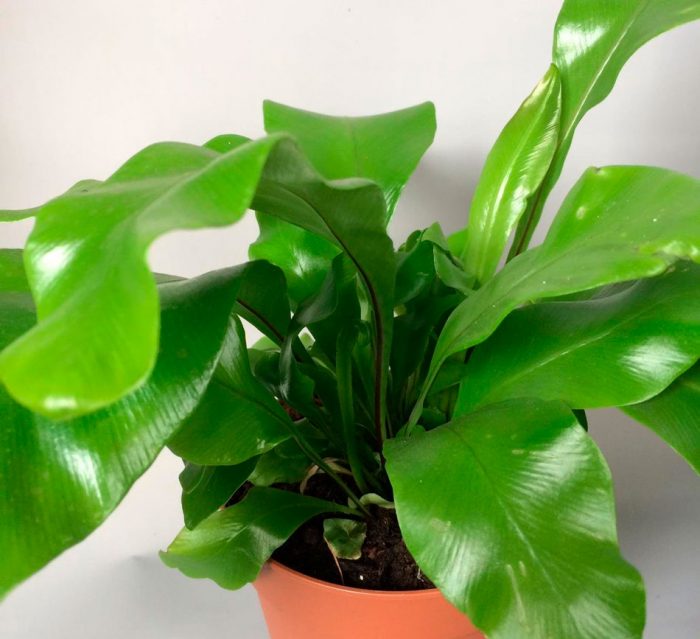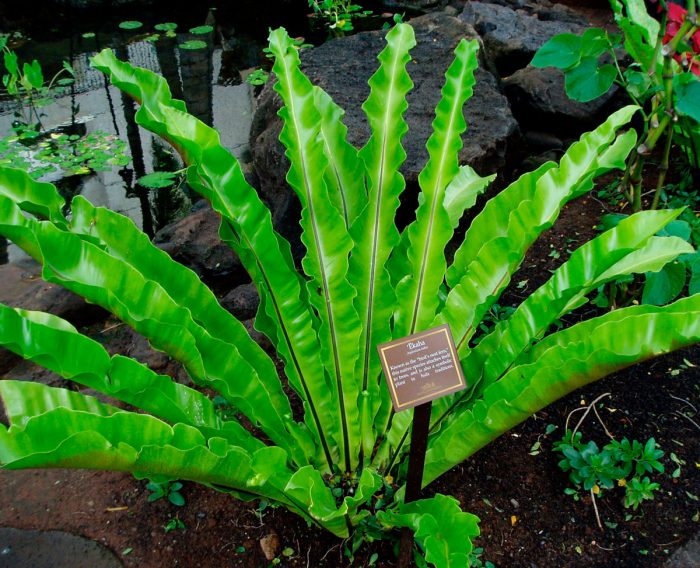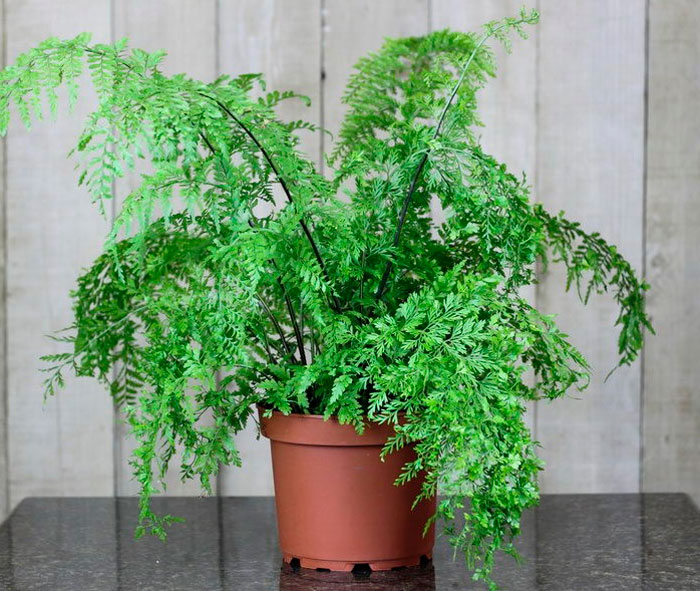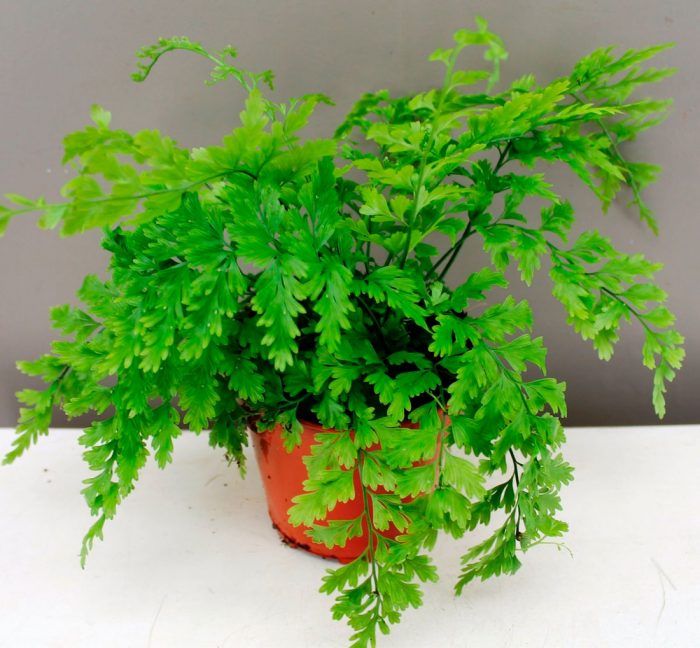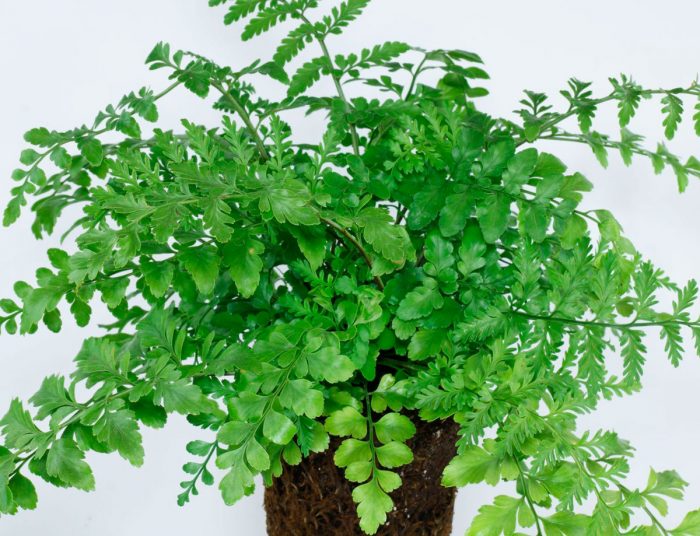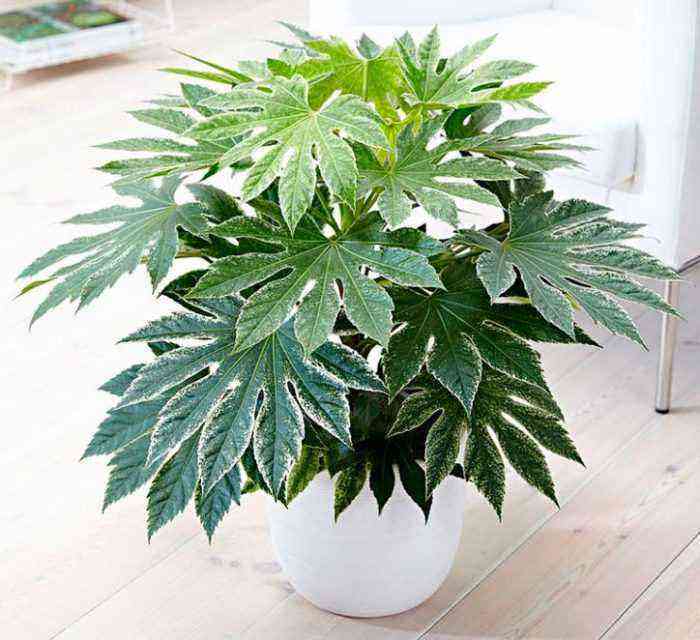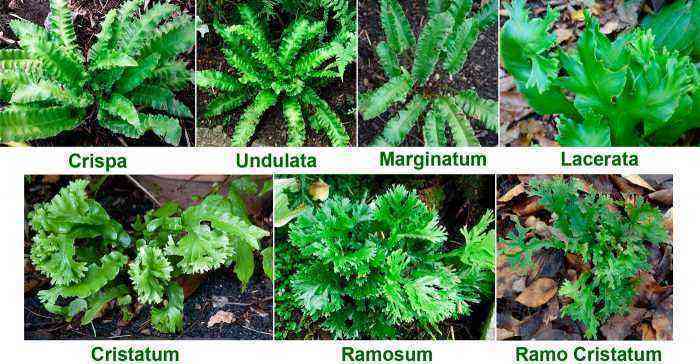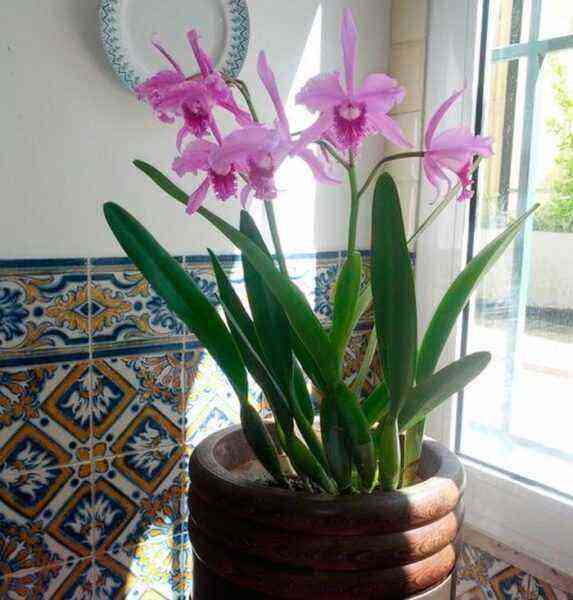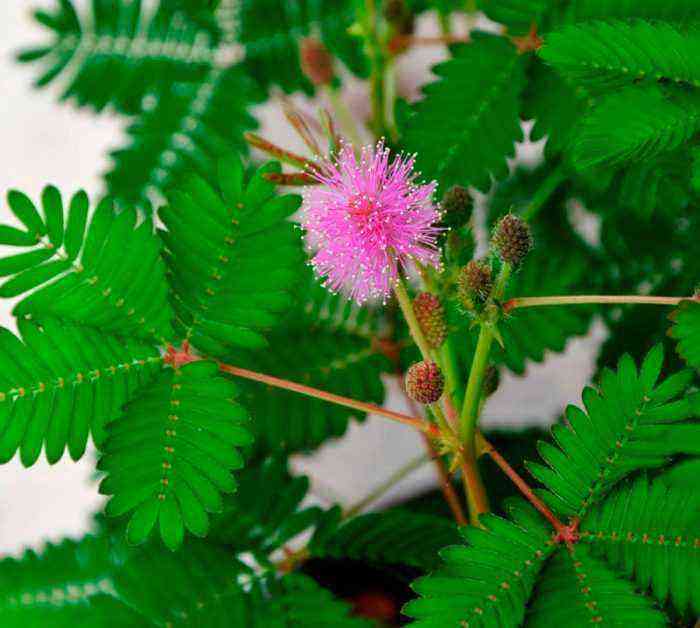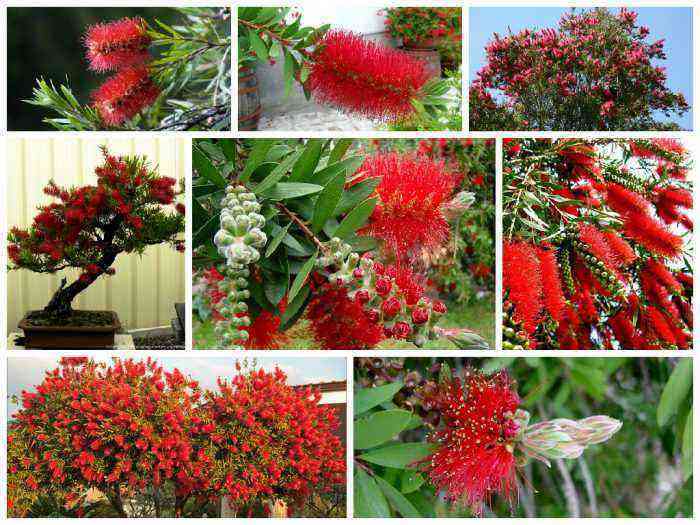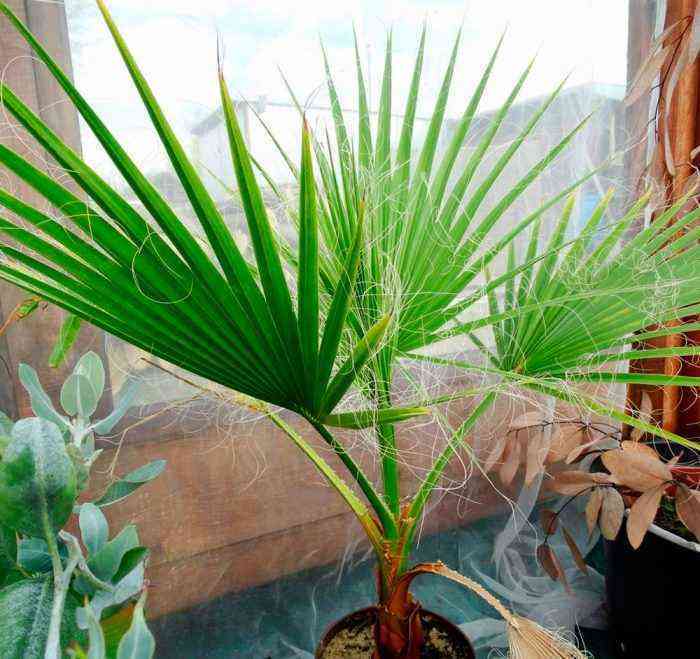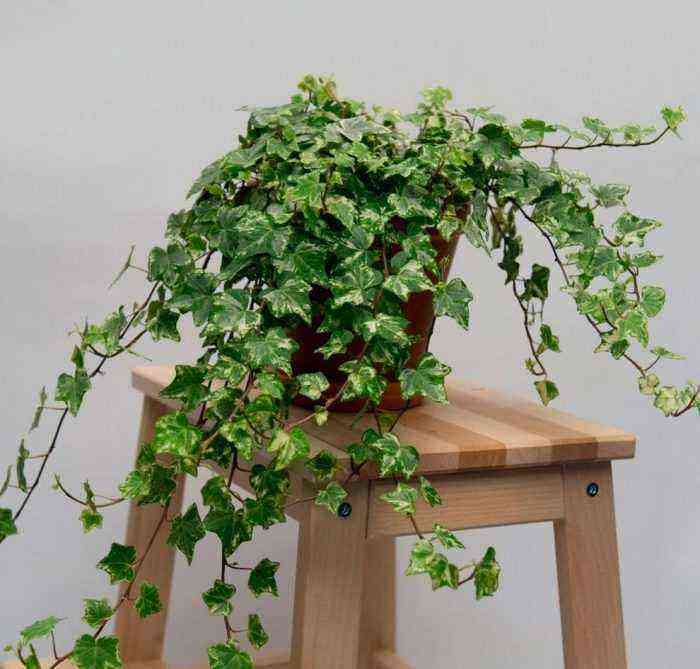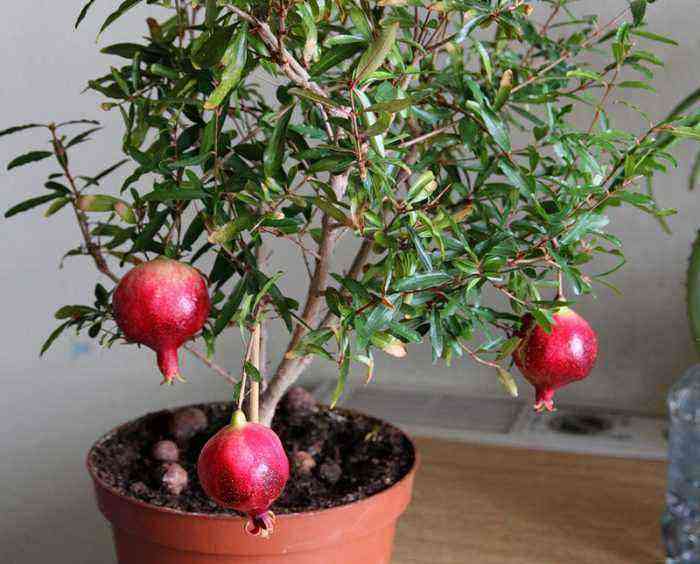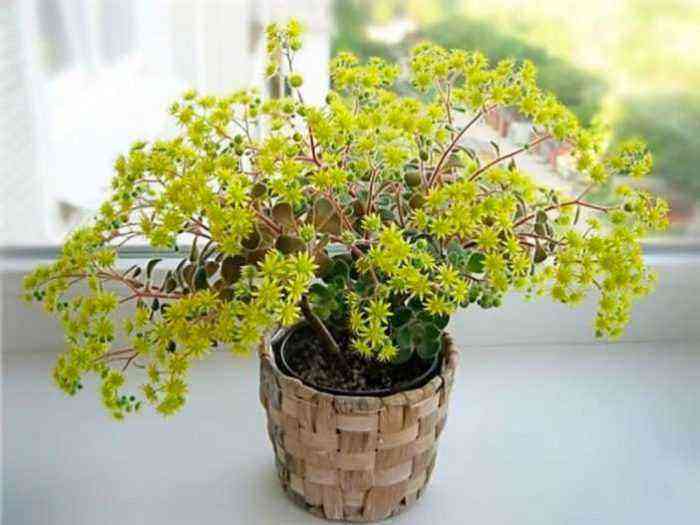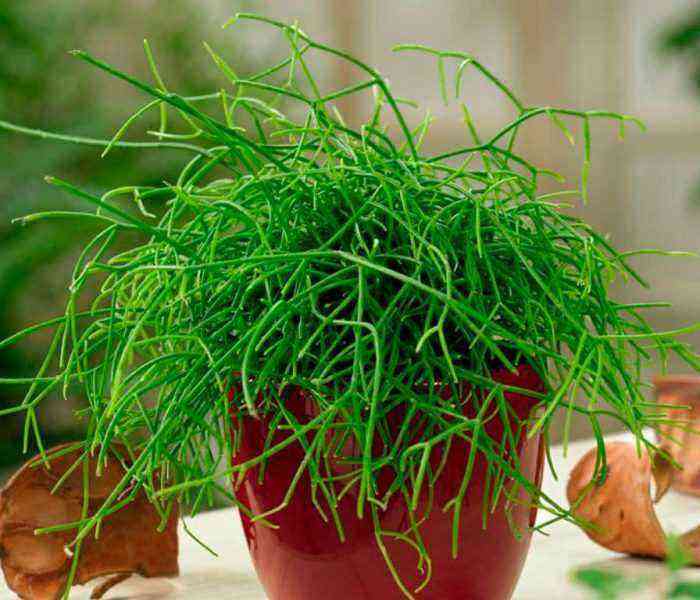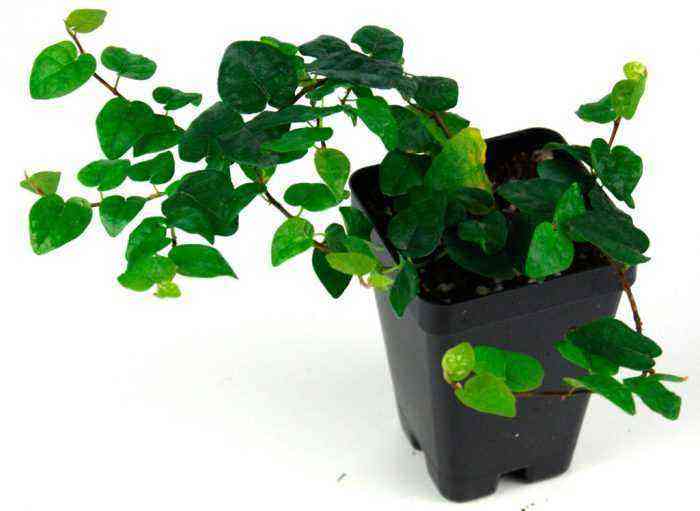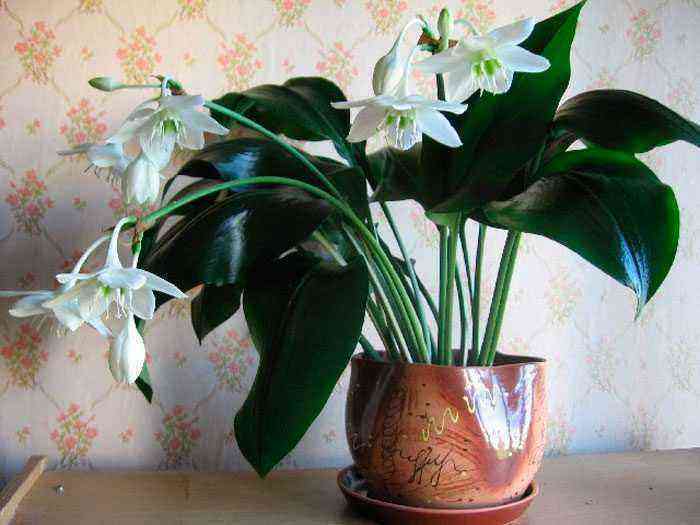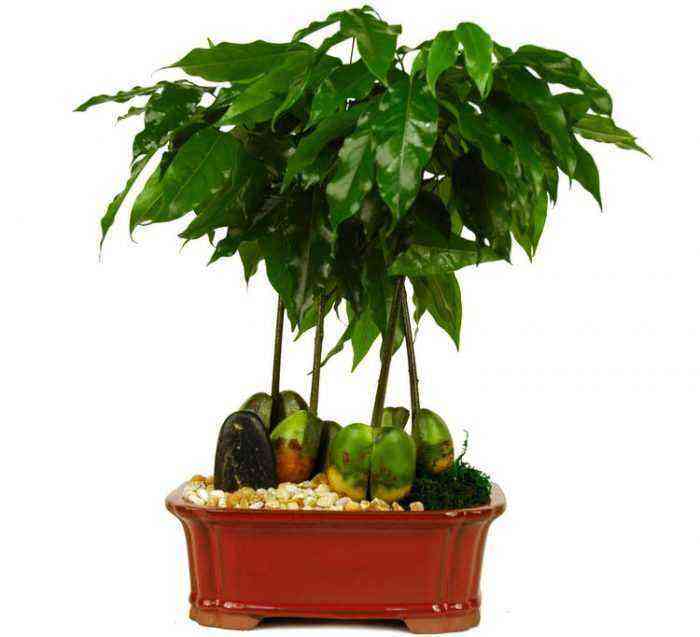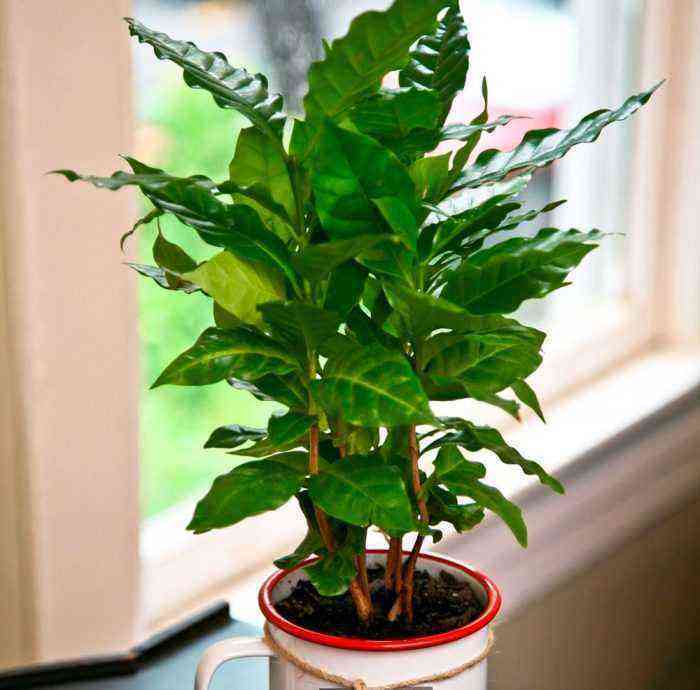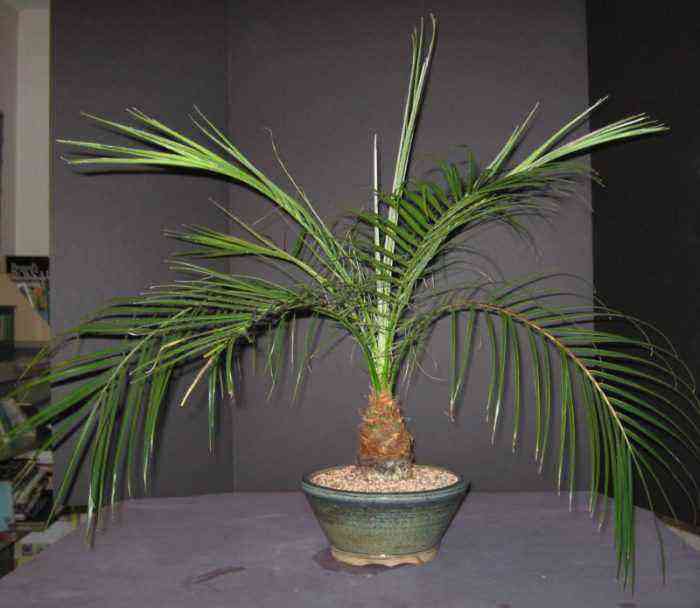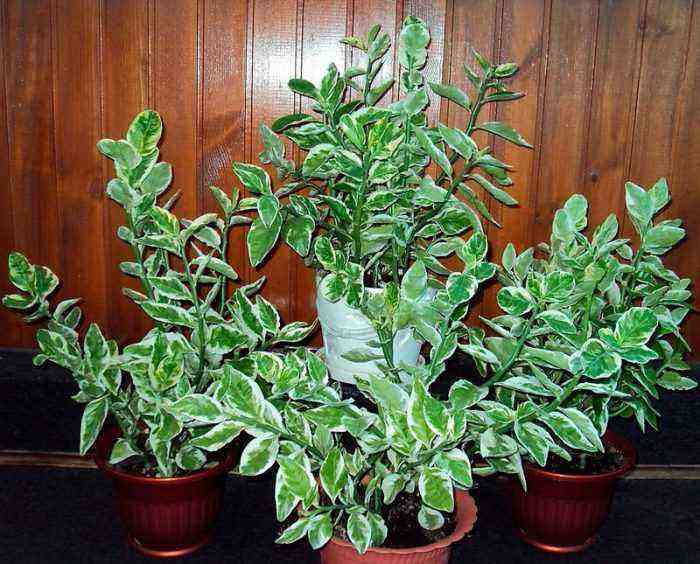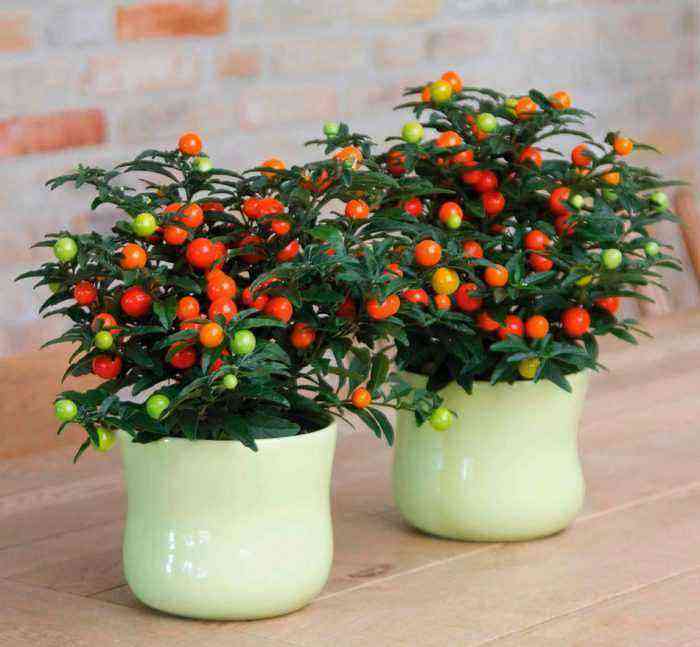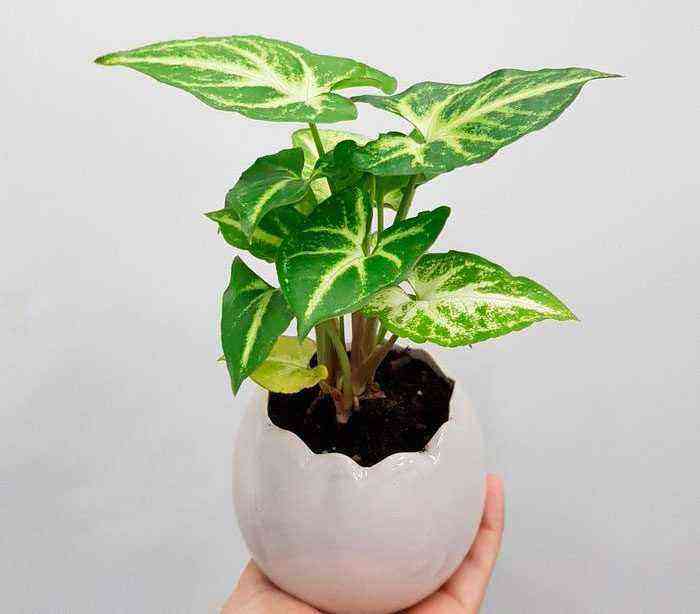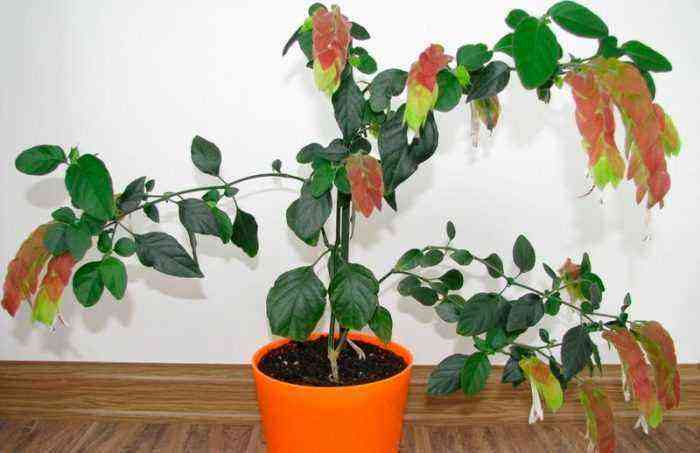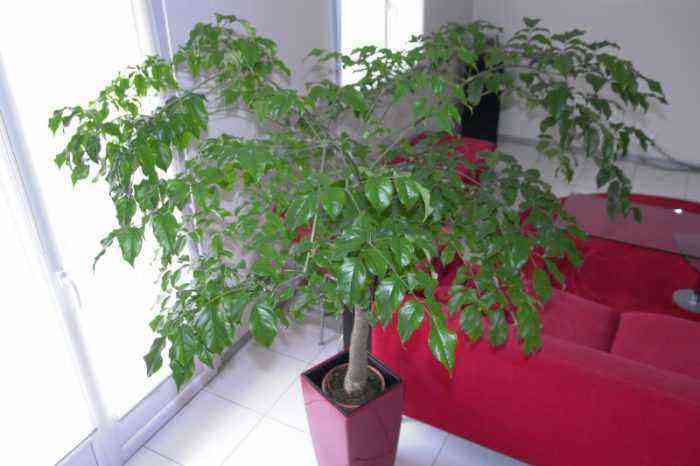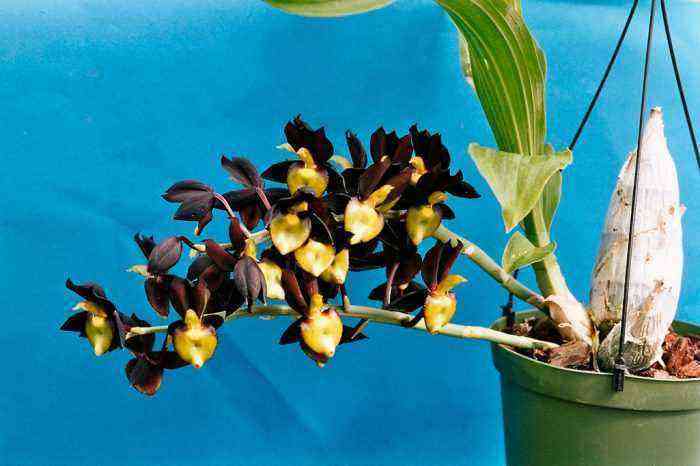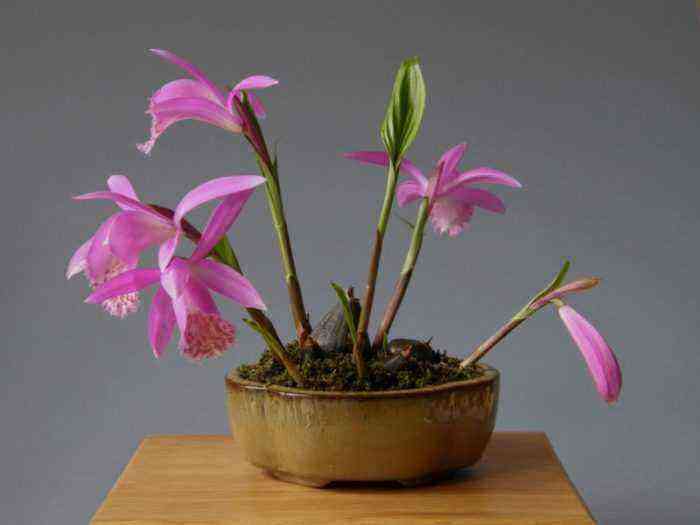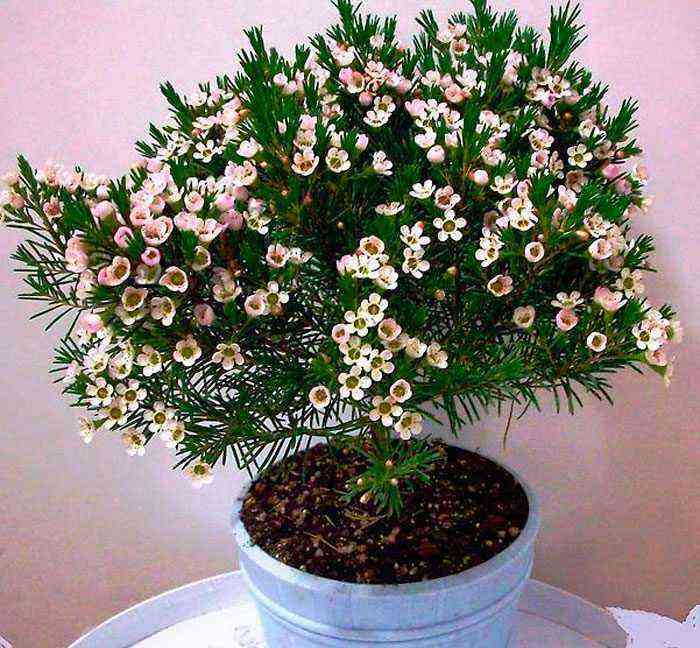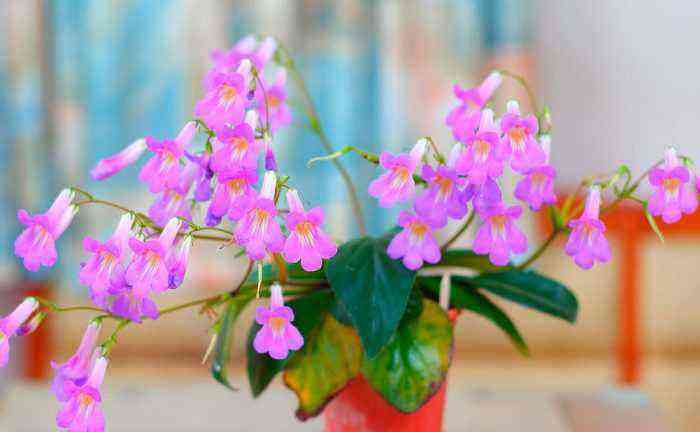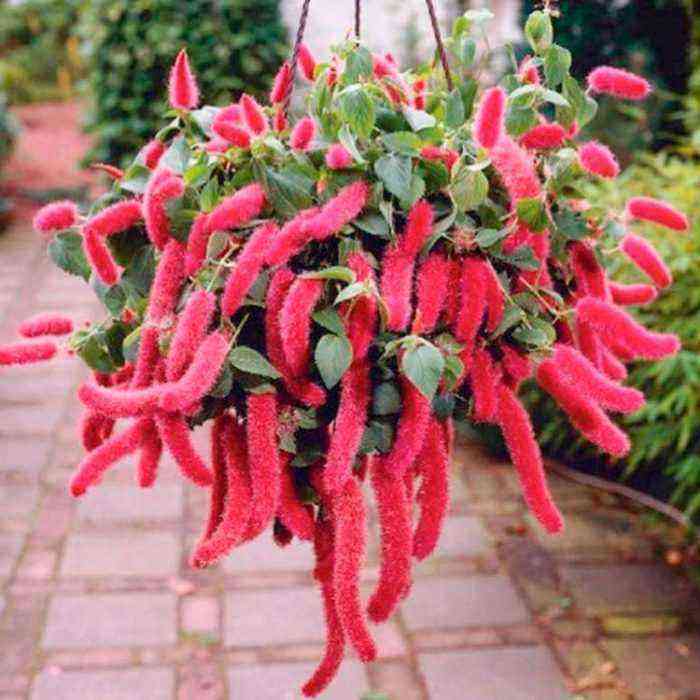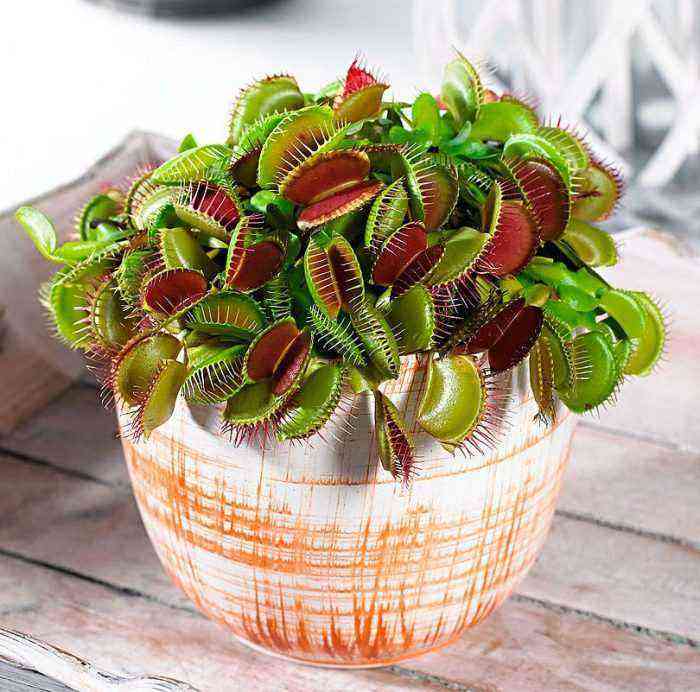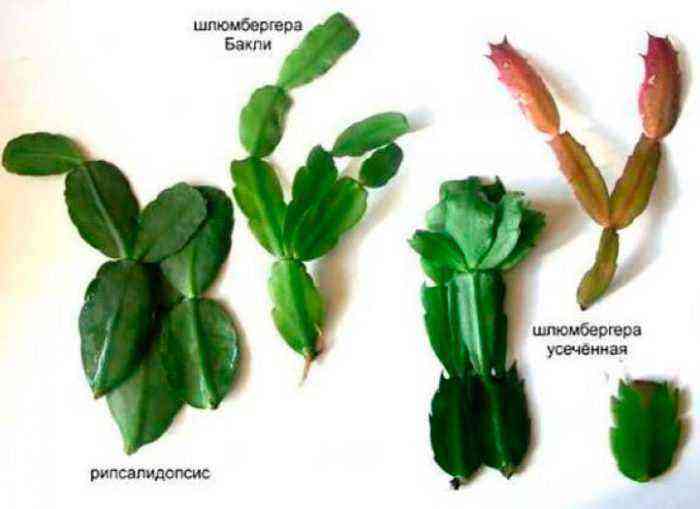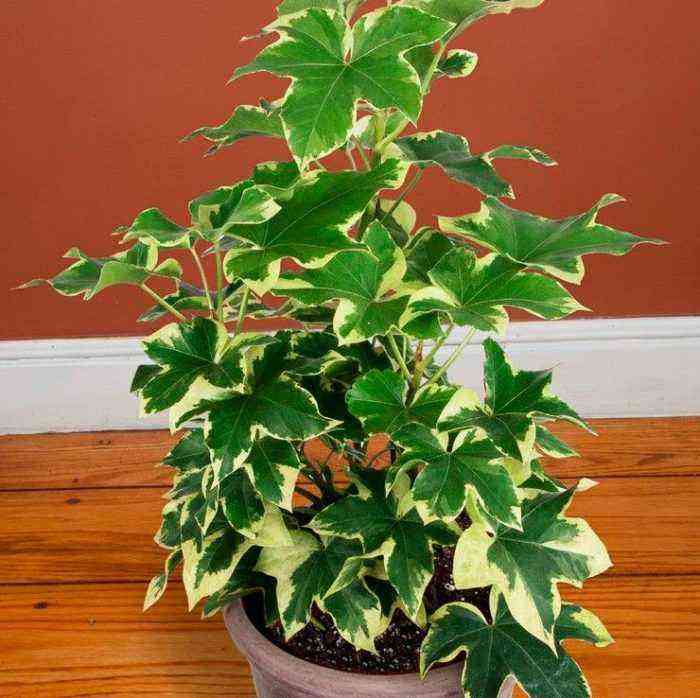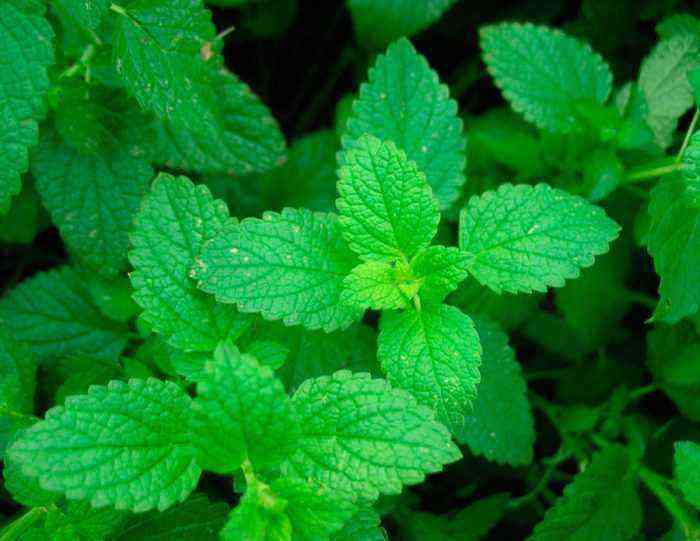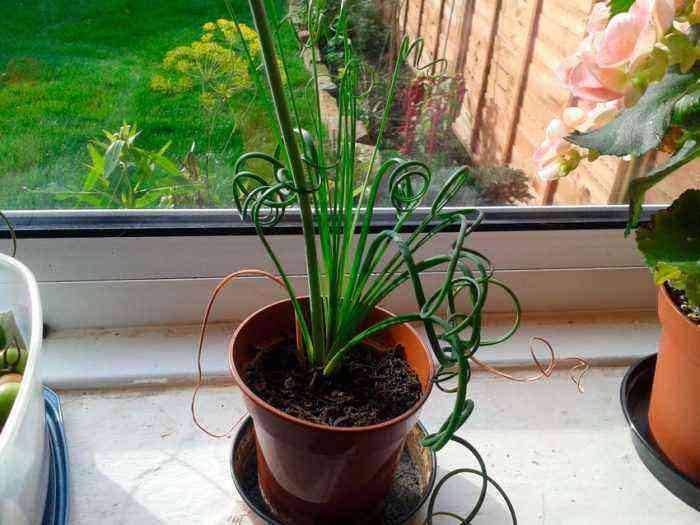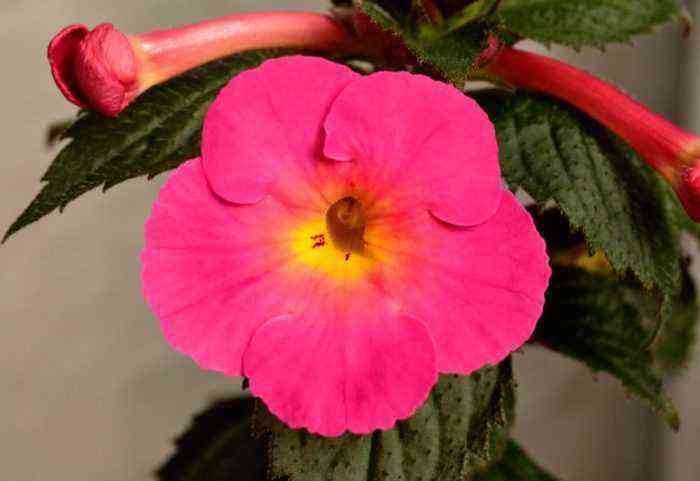The ornamental-deciduous plant Asplenium belongs to the Kostencovye family and is a fern. It is quite popular with flower growers. This fern is native to Southeast Asia, Australia and Malaysia. Asplenium feels great both outdoors and at home. If favorable conditions are created for the bush, it will grow thick and rather large: the width and height vary from 0,3 to 0,9 m. The foliage has a bright green color, it can be pinnately dissected or simple.
Experts have found about 650 species of asplenium, but only a small part is raised at home. If the plant is properly cared for, it can live for about 10 years. Such a fern does not form flowers, but it has very beautiful leaves. It is grown not only in indoor conditions, but also in offices, as well as in various administrative institutions and premises.
Asplenium has an average growth rate. It is a perennial and can live in indoor conditions for 4–10 years. There is nothing difficult in caring for such a fern, so it is perfect for novice florists.
Brief description of cultivation
- Temperature conditions… This fern loves warmth. However, in winter, he needs to provide a cool content (from 12 to 14 degrees).
- Air humidity… Requires high humidity. In this regard, the bush must be systematically moistened from a spray bottle, and it is also recommended to put it on a deep pallet filled with wet expanded clay.
- Illumination… The plant thrives best in shade, a northern windowsill is perfect. At the same time, it should not be placed in an excessively sunny place.
- Watering… In the spring and summer period, watering should be regular and frequent (2 or 3 times a week). Keep the potting soil moist at all times. In winter, watering should be reduced to once every 7 days.
- Earth mixture… It must be loose and breathable well. You can use a ready-made commercial soil mixture for ferns. To prepare the substrate with your own hands, combine leaf and sod soil, peat and sand in equal parts.
- Fertilizer… They are fed with a purchased mineral complex, while using ½ part of the dosage recommended by the manufacturer.
- Transfer… The root system grows rather quickly, so the fern needs annual replanting. In this case, each time it is necessary to replace the pot with a larger one.
- Reproduction… Most often propagated by dividing the rhizome or bush.
- Features of care… In order for the plant to feel comfortable in indoor conditions, direct sunlight should not be allowed to hit its foliage, and it is also necessary to maintain high humidity in the room.
Asplenium care at home
It is quite simple to care for a room asplenium. But if you want the plant to be spectacular and thick, then try to provide it with the most favorable conditions. Remember to water it regularly and often and choose a shaded spot for it. However, make sure that no liquid stagnation is observed in the substrate, as this can lead to rot on the root system.
Flowering
Asplenium, like most ferns, does not form flowers. On the seamy surface of the leaf plates, spores appear over time, from which, if desired, new ferns can be grown. At the same time, the disputes do not represent any decorative value.
Temperature
The plant has an unusual ability – it can adapt to different air temperatures, typical for a particular room. However, sharp changes in temperature should not be allowed, as this can harm the bush. At a temperature of 12-22 degrees, the plant feels quite comfortable.
The fern does not suffer from drafts. In winter, he feels best in the cool: no warmer than 15 degrees.
Air humidity
Requires high humidity. In spring and summer, foliage must be moistened with a spray bottle at least once every 1 or 2 days. If this is not done, then specks of a brown or yellow tint may form on the surface of the leaf plates. The plant responds well to regular warm showers.
To maintain a high level of humidity, experienced flower growers recommend taking a deep pallet and filling it with wet expanded clay. A pot is placed on top. Do not forget to regularly moisten expanded clay.
Illumination
An overly sunny place is not suitable for indoor asplenium. The fact is that in natural conditions, the plant is hidden from the scorching rays of the sun by foliage and branches of trees, as well as larger plants.
The plant will feel best in the northwest or north window. You can choose another place that will be reliably protected from the direct rays of the sun.
Watering
In order for the fern to grow well, it needs regular, abundant watering. To do this, use soft water, which must settle for several days.
After some time after watering, be sure to drain the water from the sump. In winter, the plant is watered once a week, while do not allow the clod of earth in the pot to dry out completely.
Pot selection
The root system of the bush grows very quickly. In this regard, it is necessary to choose a fairly capacious container for the fern, but it should not be too large. If the pot is too voluminous, then the asplenium will begin to actively grow roots to the detriment of the development and growth of foliage. In addition, in a very large pot, there is a high probability of rot on the root system.
Soil mixture
For home asplenium, a loose, slightly acidic and well-drained soil mixture is best suited. If desired, you can buy ready-made soil mixture for ferns at the flower shop. You can also make the substrate with your own hands: combine sand, peat, leaf and sod soil (1: 1: 1: 1).
Fertilizer
The plant needs regular feeding. For this, a mineral complex fertilizer is suitable, in which potassium must be present. Top dressing is combined with watering the plant and is carried out once every 1 weeks. In this case, the dosage of fertilizer must be reduced by half of the recommended one on the package.
Asplenium transplant
The root system of the asplenium grows rather quickly. If the bush is not transplanted in time, then you can see how the roots grow into the drainage holes or appear on the surface of the substrate. This suggests that the plant needs to be transplanted into a new larger pot as soon as possible. An urgent transplant is also necessary if the fern grows very slowly or does not want to grow at all.
While the bush is young, it is transplanted every year and done in autumn or spring. An older asplenium is subjected to this procedure once every 1 or 2 years.
Trimming
The foliage of this plant is cut not only to make it look more neat, but also to improve the growth and development of young leaf plates. The fact is that excessively large foliage interferes with the development of young shoots. The foliage is cut off once every couple of years; for this, a pruner or a very sharp knife is used. The cut should be done directly at the base of the bush.
The rest period
The beginning of the dormant period in asplenium falls on the last days of November, while it lasts until the first days of March. At this time, the bush is removed in a cool place, which should be located away from working heating appliances. Particular attention should be paid to watering during the dormant period. It is carried out, as a rule, 1 time in 7 days (or less often), but make sure that the lump of earth in the pot does not dry out completely.
Going on vacation
Indoor asplenium can survive for one to two weeks without watering. If you will be away from home for a short time, then before you leave, water the bush abundantly, after which it is placed on a pallet filled with wet brick chips or expanded clay. The pot must be placed so that its bottom does not come into contact with the liquid.
Methods of reproduction
Growing asplenium from spores
Like any other ferns, asplenium instead of seeds, spores form on the seamy surface of the leaf plates. If necessary, they can be removed from the bush and sown. To do this, use a bowl filled with moist soil mixture. Spores are simply spread over the surface of the substrate, and they cannot be sprinkled on top. Be sure to cover the bowl with transparent glass or film. Provide the crops with daily ventilation, and do not forget to moisten them in time with warm water from a sprayer.
The first seedlings should appear approximately 6 weeks after sowing. After the seedlings reach 20-25 mm in length, they must be thinned out, while the most powerful shoots should remain. After the seedlings grow up, they must be cut into individual pots. This method of fern breeding is quite long, while young plants need to be constantly monitored. In this regard, he is not very popular with flower growers.
Division of the bush
For reproduction, plants use another easier method – dividing the bush. An adult bush with many layers is suitable for this. Lift it out of the pot and carefully divide it into pieces. Please note that each division must have a minimum of 7-10 growth points.
Excessively small divisions do not take root well and may die. In this regard, the division should be strong enough and there should be a sufficient number of growth points on it for normal rooting. The plank should be planted in the substrate to a depth of 20 to 25 mm. Do not deepen the cut too much, because because of this, it may never begin to grow and will die after a while.
Possible problems
If you take care of a houseplant incorrectly, then this can lead to the following problems:
- The foliage turns brown… The plant feels a lack of moisture. Water it more often.
- Drying of the tips of the leaf plates… Excessively low air humidity. Moisten foliage with a sprayer more frequently.
- The foliage has lost its turgor, but does not dry out… The room is very cold.
- Foliage becomes faded and loses its shine… Move the fern to an area with less intense lighting.
- Brown specks appear on the leaf plates… The plant is too hot. Move it to a cooler place, away from working heaters.
- The foliage turns yellow and brown spots form on it.… This is a sign of the onset of sporulation.
- Brown dots form on the seamy surface of the sheet plates… An excessively sunny place was chosen for the plant.
- vermin… Most often, scabies and spider mites settle on the asplenium.
Types of asplenium with a photo
Asplenium nesting (Asplenium nidus)
This type of asplenium is most popular in indoor culture. Quite wide leaf plates in length can reach about 150 cm. The powerful root system consists of many tangled roots. The plant looks more decorative due to the fact that there is a strip of purple hue in the middle of each leaf plate.
Asplenium viviparum (Asplenium viviparum)
A rather narrow rosette consists of large wavy leaf plates painted in a greenish tint. Each of the shoots has a large number of narrow small segments that reach no more than 10 mm in length. In an adult bush, brood buds are formed on the edge of the leaf plates.
Asplenium bulbiferum
This plant is highly decorative. Long leaf plates (about 1,2 m) hang dramatically along the edges of the pot, resulting in a beautiful thick head. The segments of the leaf blades are rather wide. A newly planted bush takes root very quickly. The species belongs to fast-growing plants.
Asplenium biform (Asplenium dimorphum)
This type is very popular with flower growers. It is used to decorate shaded rooms, and is also cultivated in conservatories and greenhouses. Dissected large leaf plates reach about 100 cm in length.
Useful Properties
Asplenium is able to decorate any room, moreover, it is a useful plant. The large green foliage of the fern absorbs harmful impurities in the air, thereby purifying it. It is able to absorb both chemical compounds and gases that can harm a person.


